Shoe Leather
Shoe Leather is an investigative podcast that goes behind the scenes of forgotten stories that shaped New York City. Go along with the team as they knock on doors and track down the people who were at the center of the news. This season, we’re taking a deep dive into the life and career of Rudy Giuliani, one of the most influential politicians in New York City’s recent history. Before he was disbarred and bankrupt, before all the trouble, Giuliani rose to prominence as a prosecutor and a politician. As America’s mayor, he had one of the highes...
King Rudolph
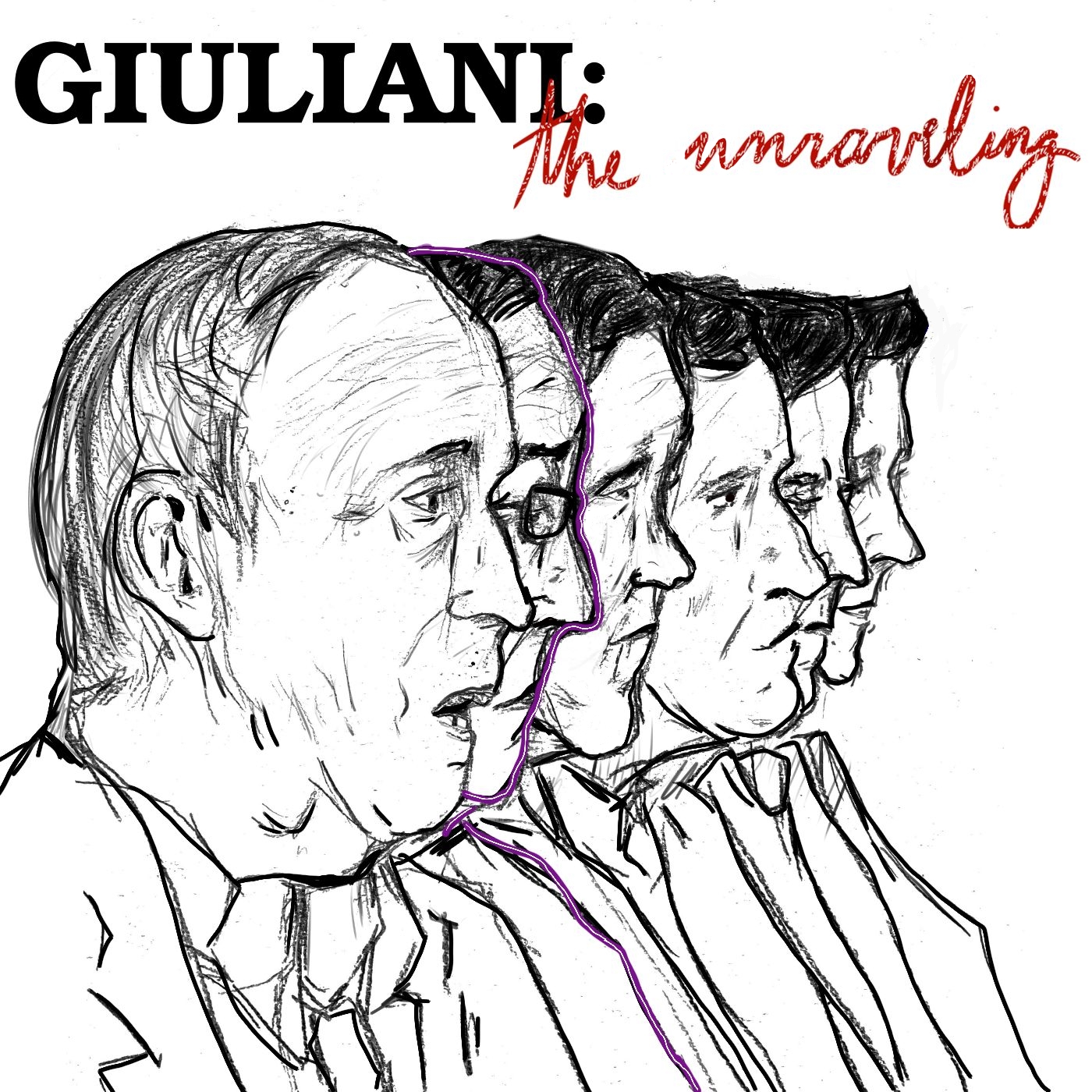
By Alice Finno and Peter Shea Rudy Giuliani begins his second term as New York City’s mayor riding high — a crime-fighting icon fresh off a re-election win. But as the years unfold, controversies mount, political ambitions clash with personal scandals, and his successes begin to fade. His rise quickly turns into an unraveling —…
Credit
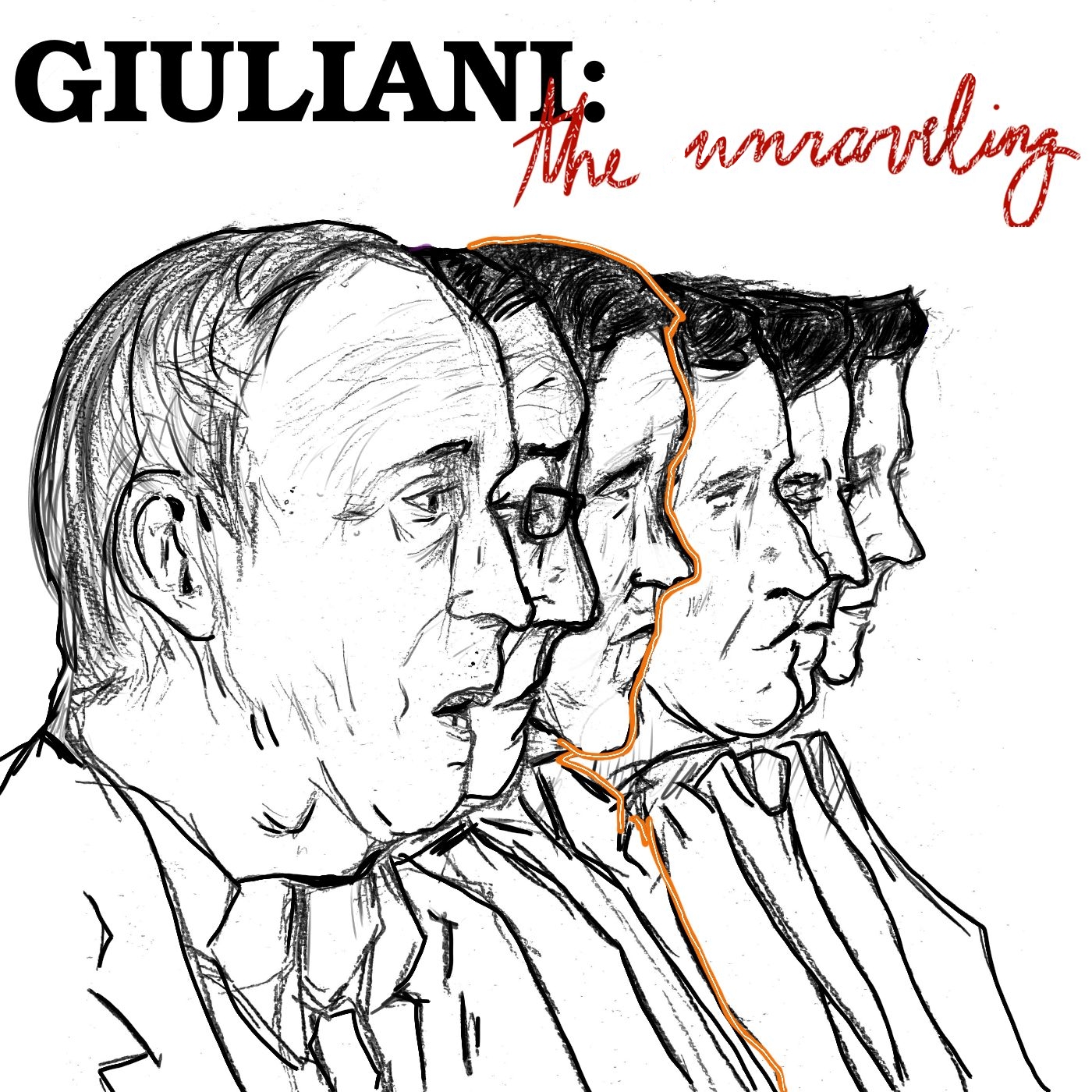
In 1993, Giuliani wins the mayoral election in NYC. He runs on the promise to curb one of the biggest issues for New Yorkers: crime. And, when he wins, he hires a police commissioner who flies too close to the sun. And changes the NYPD forever.
The GODFather
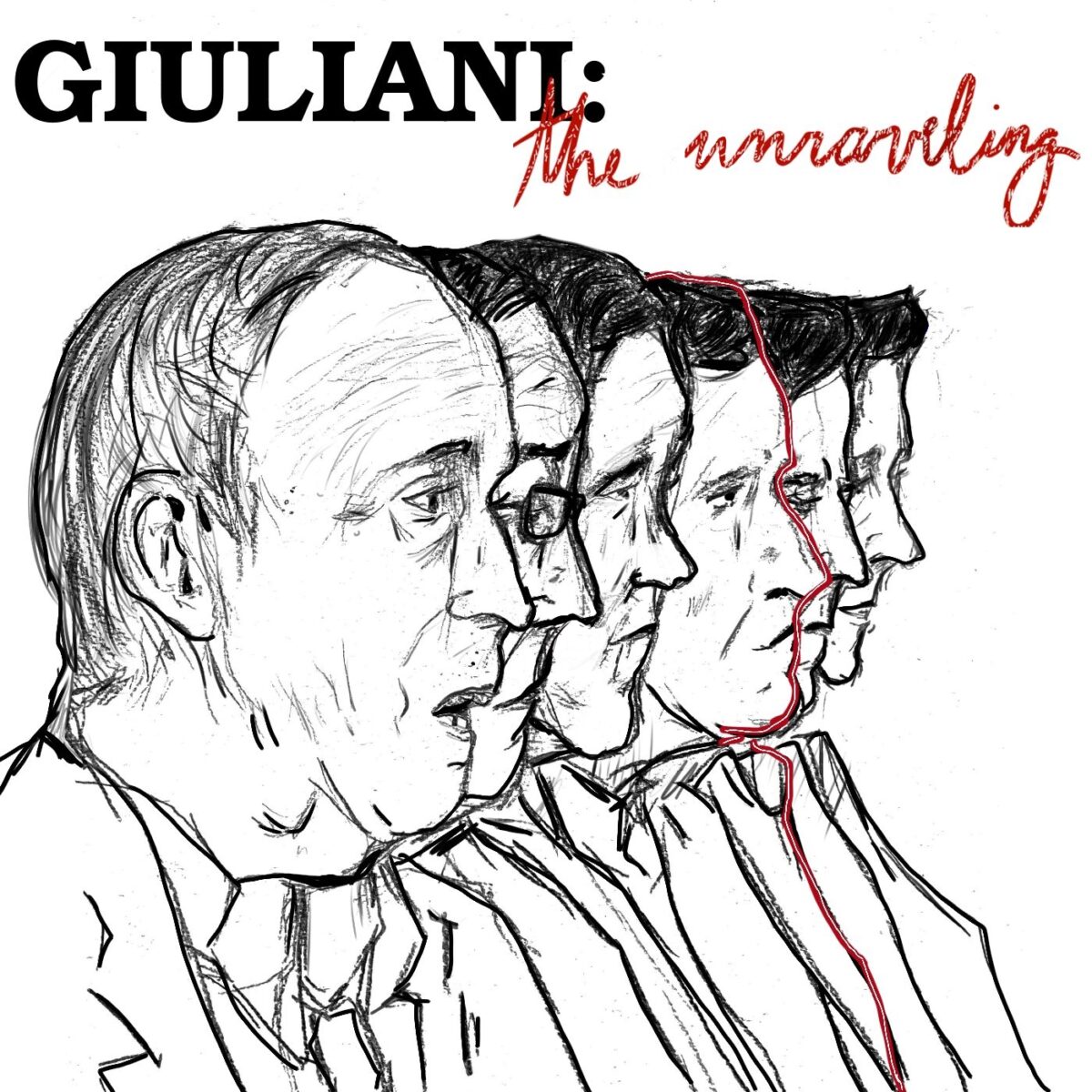
In June 1983, Rudy Giuliani moves back to New York City. He takes a job as U.S. Attorney for the Southern District of New York and sets his sights on going after organized crime. He’ll use his time as prosecutor to go after the mob, which earns him a lot of media attention. In May 1989, Giuliani has a new goal-to become the next mayor of New York City. Join us as we try to find out why Giuliani was so obsessed with the mob - and how he used it to run for the city’s top job. By Laur...
Ambition is a Beast

Why did a young Rudy Giuliani have tea with Haiti's dictator in 1982? To answer that question, we’ll have to go back to 1968 when a 24 year-old Giuliani was just graduating from law school. He was a young, driven lawyer whose sight was set on a political career with the Democratic Party. But in just 7 years, Giuliani would change cities, change jobs, change political parties and establish what we now call: immigration detention centers. You're listening to Episode 2: "Ambition is a Beast." By: Leonardo Bevilacqua and Dante Dallago
The Fight
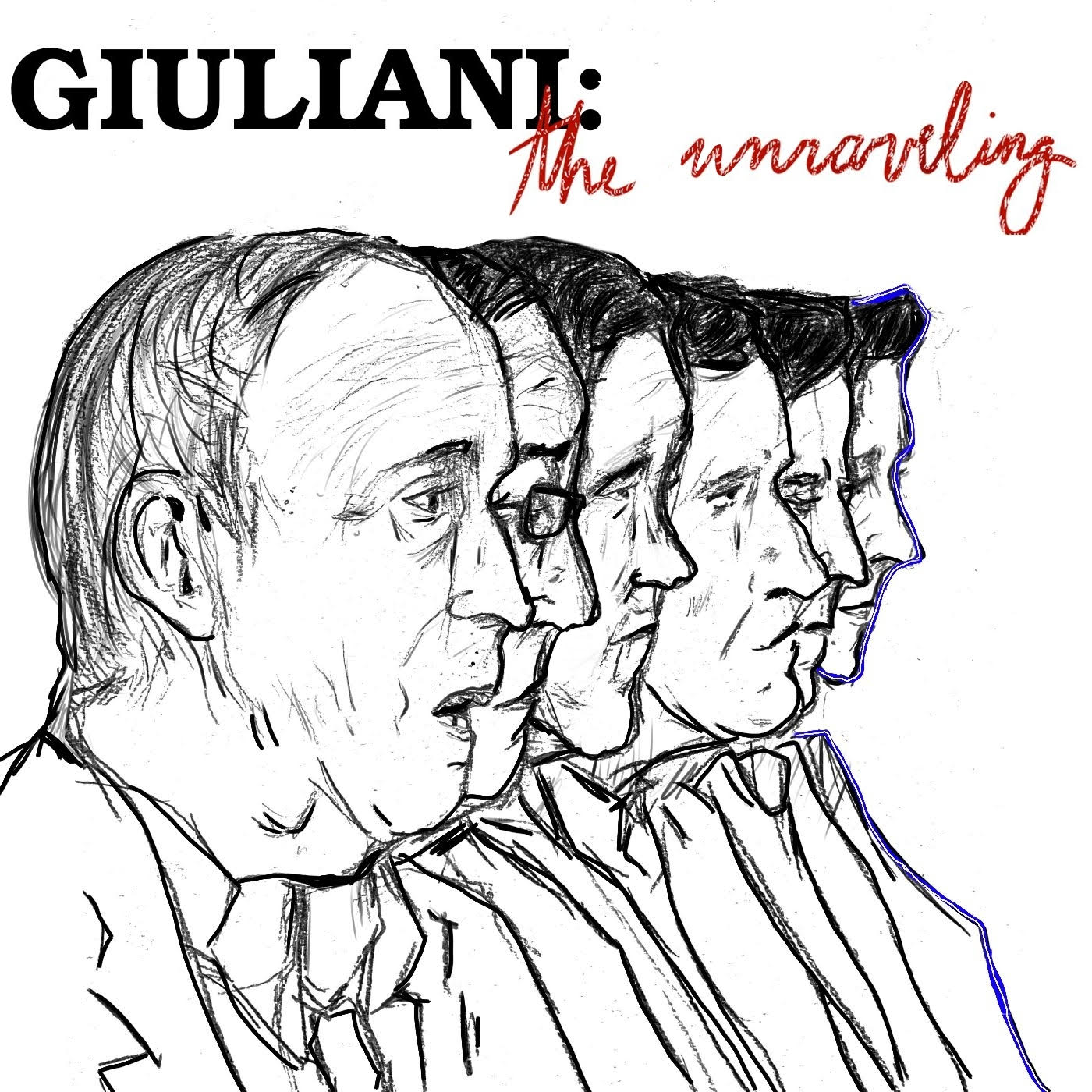
Every New Yorker knows Rudy Giuliani. He was America's mayor, one of the heroes of 9/11. He was President Donald Trump's lawyer. He denied the 2020 election. Giuliani has been a big name in New York City politics since the 1980s. But it didn't start that way. The story of Rudolph William Louis Giuliani starts long before then. On May 28th, 1944. In East Flatbush, Brooklyn. This episode was reported, written, and produced by Eleanor Hildebrandt and Emily Sawaked.
Giuliani: The Unraveling – trailer
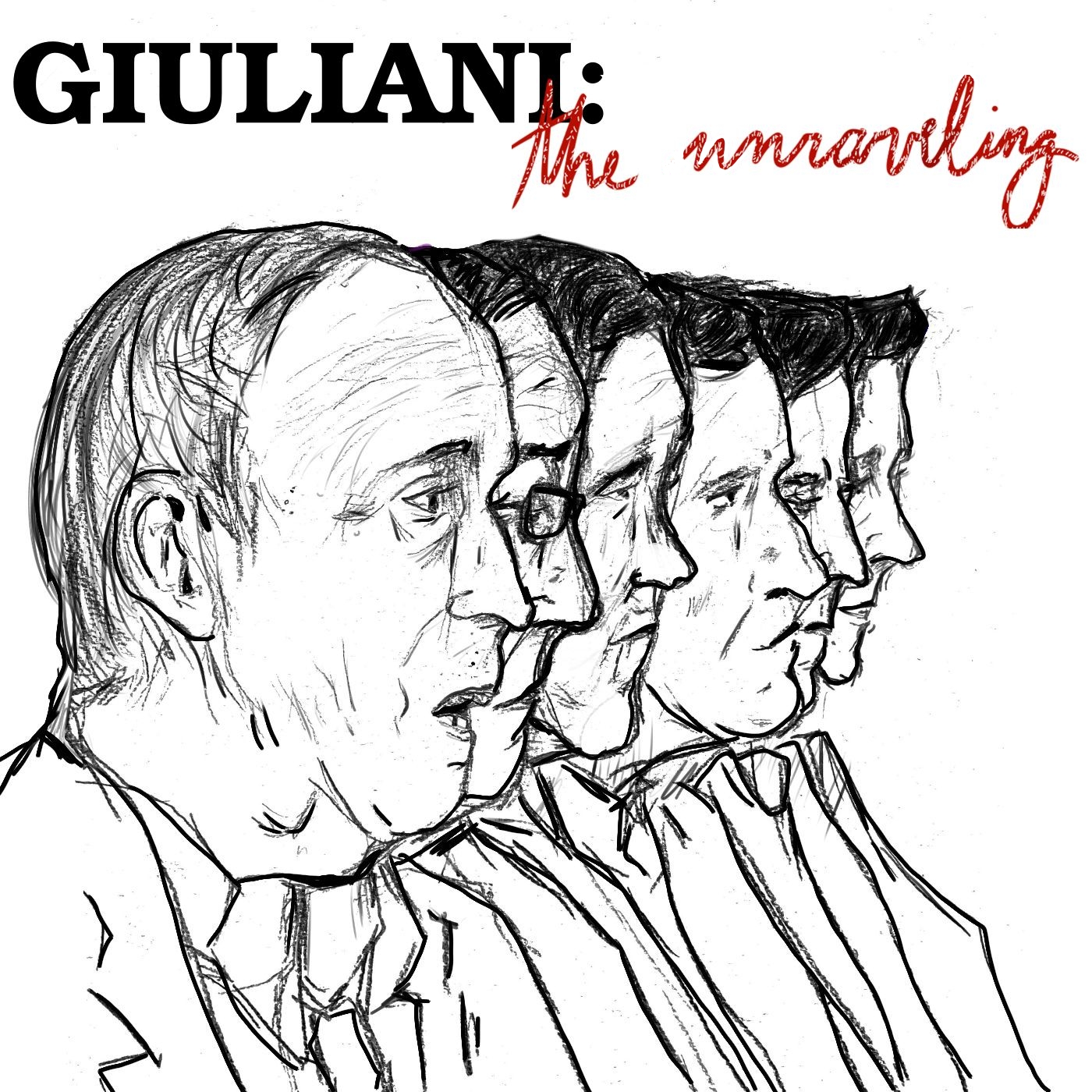
This season on Shoe Leather, a look into the life and career of Rudy Giuliani – one of the most influential politicians in New York City’s recent history.
Boli
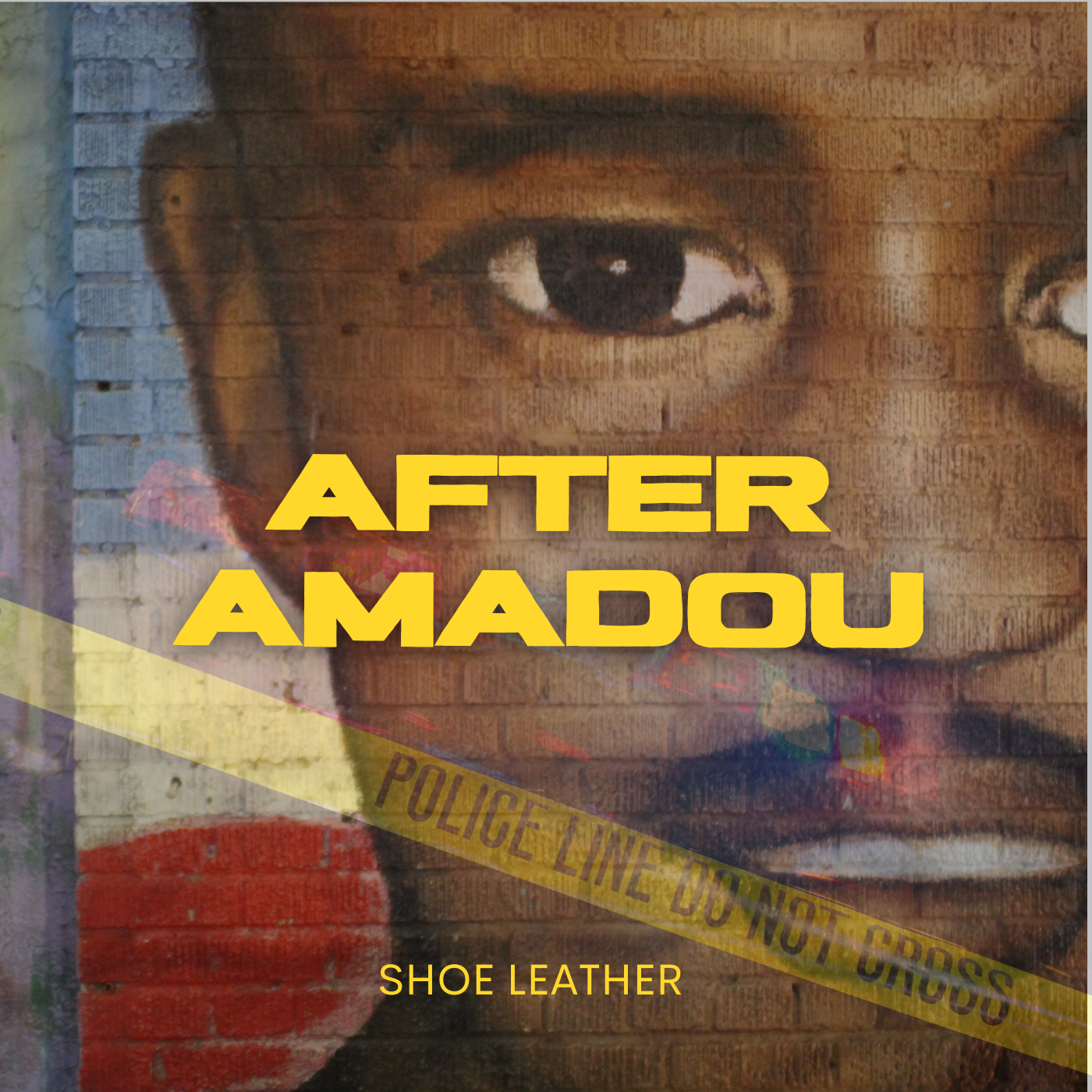
Amadou Diallo’s name became synonymous with “41 shots”. He was killed in 1999 by four NYPD officers, who fired at him 41 times inside the doorway of his Bronx apartment building. The incident etched his name into public memory through explosive news coverage. But beyond the headlines, who was Amadou Diallo? In “Boli”, we dive into Amadou’s life – from his dreams to his time in New York. We hear from neighbors and friends who go down memory lane to tell us his side of the story. Join us as we go beyond “41 shots” to learn more about Amadou Diallo. By Serena Balani and Neha Sa
The Fall Guy

Police said they approached Amadou Diallo because they suspected he was a serial rapist who had been terrorizing the Bronx and Harlem for six years. A judge later blamed the real rapist, Isaac Jones, for Diallo's death. Was Jones really responsible?
This Is A Fuckin' Business

In 1999, when Yasiin Bey (then-known as Mos Def) and Talib Kweli hear about the killing of Amadou Diallo, they know they have to respond. A year later, they release Hip Hop for Respect. The EP features 41 rappers, and it gets released when much of New York City is enraged after the four cops who shot Amadou are acquitted. 24 years later, Khadija Alam and Rachel Kahn ask: Why has no one heard Hip Hop for Respect? And does it still matter?
NYPD's Dirty Little Secret

After Amadou Diallo was killed by four white police officers, Yvette Walton decided to speak out. She used to be the only Black woman patrolling the streets in the Street Crime Unit - the team responsible for shooting 41 bullets at the unarmed Black man. After 25 years, she looks back at her story and helps us understand: Why did she decide to blow the whistle?
The Mural

Two years after Amadou was killed, a local artist named Hulbert Waldroup was commissioned to create a mural honoring him on the street where he lived in the Bronx. But that’s not the mural you’ll see if you drive by today. In this episode, Sara Braun and Dani Morera Trettin uncover the story behind the original mural, its controversial unveiling, and why eventually, a new mural replaced it 16 years later.
The Verdict

In 1999, four white police officers killed Amadou Diallo and were charged with murder. A year later, a jury found them not guilty. The trial took place in Albany — even though the killing happened in the Bronx. 24 years later, we wanted to know why the jury voted not guilty. Does justice mean something different depending on where you are?
Who’s Afraid Of Antonio Pagan?
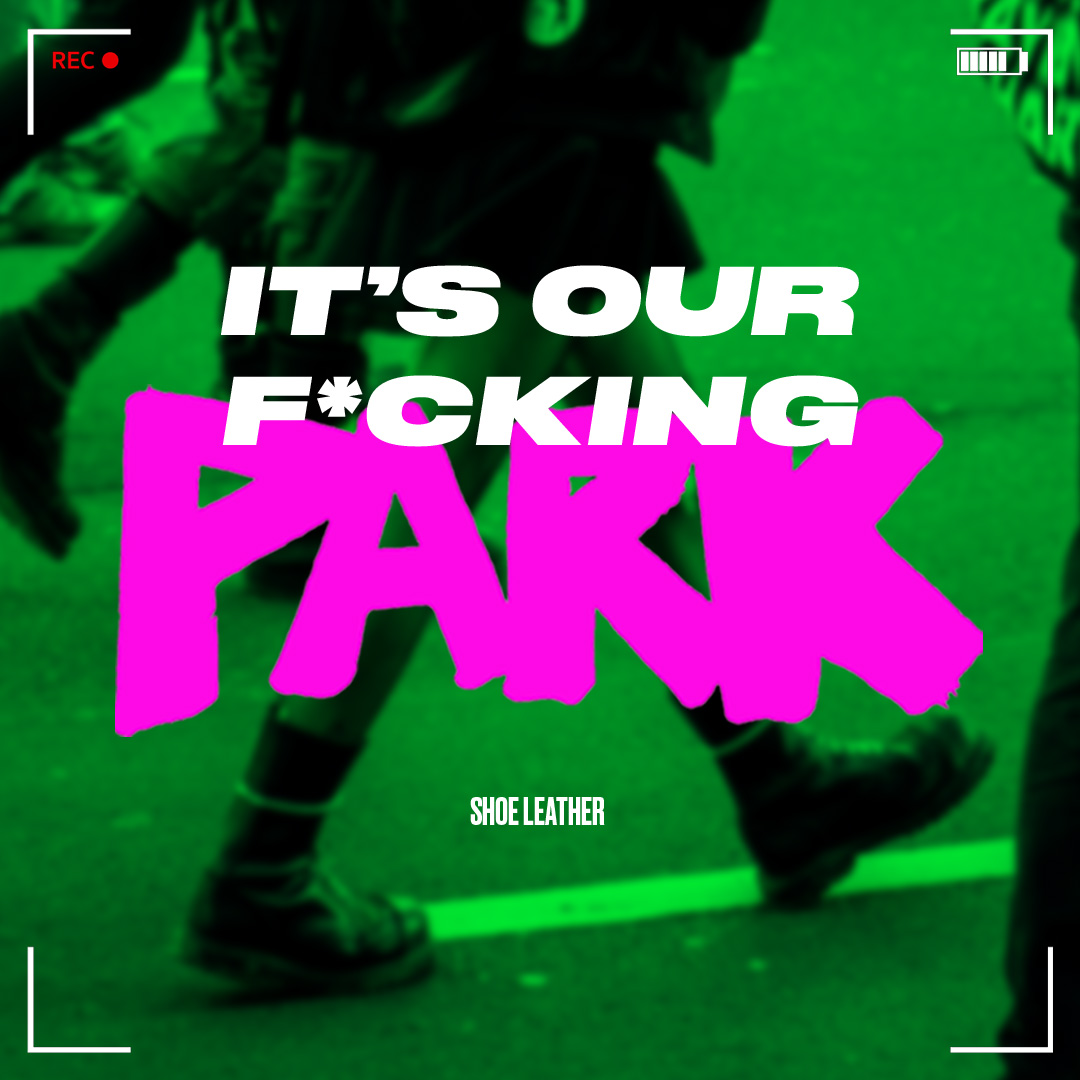
In the 1980s and 90s, controversial City Councilperson Antonio Pagan was loved and hated by the Lower East Side. And while his political career was short-lived, his complicated legacy lives on. 35 years later, we want to know: was Antonio Pagan to blame for one of the worst police riots in New York City's history?
THE BUTCHER OF TOMPKINS SQUARE PARK

Daniel Rakowitz would often wander around Tompkins Square park holding a Bible and carrying a live rooster. Everyone in the neighborhood knew him, or knew of him. In 1989 - Daniel would go on trial for the brutal and complicated murder of Monika Beerle. Turns out, he'd told people he was going to kill her. So, why didn't anyone listen? This episode is “The Butcher of Tompkins Square Park.”
10-85

Over 400 police officers clashed with 200 civilians on the streets of the Lower East Side, in the late hours of August 6, 1988. Ralph Grasso, a retired NYPD officer, take us back to one of the most notorious nights in New York city history, the Tompkins Square park riot. Months after the riot, Ralph himself was in deep trouble. In this episode, we hear an NYPD’s perspective of what happened the night policing and crowd control methods changed forever. It was a year where hand held video cameras were used, where hours of footage captured behaviour that left a stain on the NY...
ACT UP, Fight Back

Andy Velez was a co-founder of ACT UP, a legendary activist group known for its willingness to take practically any nonviolent action to fight AIDS. At the same time ACT UP was making itself known, New York City’s lower east side was changing fast. Neighborhoods that once belonged to artists and punks were lost to developers and yuppies. In this episode, Ryan Kilkenny and Jiayu Liang look at the culture of protest Andy helped create, and how Andy’s son Ben would pick these values up and bring them to a different cause in the summer of 1988. This episode uses...
The Party’s Over

Months after the 1988 Tompkins Square Park riot, a TV news report blamed some of the violence from that night on a local punk band called Missing Foundation. Led by artist Peter Missing, the band was known for trashing venues, spreading anti-gentrification slogans, and – according to the TV report – even had Satanic beliefs. In this episode, Lindsey Choo and Patrick Hagan set out to learn who Peter Missing was and what role he played in the riot, if any.
Where the Riot Ended

On the night of August 6th, 1988 a police riot erupted in NYC's Tompkins Square Park — the heartland of punk music, anarchy and activism in the Lower East Side. The riot ended when protesters broke through the lobby of the Christodora House. This episode covers how one building became the symbol of class warfare in the 80s.
The Miracle Baby

On September 10, 2001, New York City newspapers reported that a newborn baby girl was found alone on a rock in Central Park — with her umbilical cord and placenta still attached. They said the baby was abandoned. And the mother could potentially face charges for leaving her child unsafe in one of the biggest parks in the world. Around the same time, New York had just enacted the Abandoned Infant Protection Act, which allowed a mother to legally and safely relinquish her child to a fire department, police department, hospital or church. People around the city wondered: Why wouldn't the baby's mom ta...
That's so 9/10

In 2001, fashion week began with big budgets, colorful collections and extravagant parties. It was a much anticipated season - fashion magazines had predicted it to be the biggest yet. But on the morning of its fifth day all of that changed. In this episode, we go back in time to look at how the fashion industry reacted to the September 11 attacks. We wanted to know, during times of social and political disruption, is fashion a distraction or is there something helpful — perhaps necessary — about it? From the 9/11 attacks, to war, to a worldwide pandemic, how does fashion reflect the time we l...
The Almost Mayor

September 11, 2001 was supposed to be primary day in New York City. As the divisive tenure of Mayor Rudy Giuliani was winding down, the city seemed poised to elect a more inclusive mayor. The Democratic frontrunner, progressive Mark Green, appeared to fit the part. But when the Twin Towers went down, voting in the primary was halted. In the following weeks, many New Yorkers embraced Giuliani, who was anointed America’s Mayor. In this new, unknown New York, there were no certainties. The moment of unity before the attacks was lost. And instead of Green, New Yorkers elected a little-known Republican bill...
The Disappeared

On the night of September 10th, Sneha Philip went shopping, then stayed out for the night. In upstate New York, Juan Lafuente rested before a morning commute to Wall Street. A mother in Mexico looked forward to a weekly call from her son, Fernando Molinar, one of a number of undocumented immigrants worked in or…
The Party

On the morning of September 11, 2001, news trucks lined the driveway of Horace Greeley High School in Chappaqua, N.Y. Reporters were on campus covering one of the biggest stories of the day. A group of football players had thrown a party that triggered a national media storm. The story launched the suburban high school…
The Other Hijacker

In 1971, Patrick Critton helped rob a bank as part of a Black separatist group and, to escape capture, became the first person to successfully hijack a plane in Canada. He spent 30 years on the run until he was arrested and pleaded not guilty on Sept. 10, 2001. Less than 24 hours later, the 9/11 attacks left him as an ironic footnote in history. "The Other Hijacker” is a story about dedication and pursuit, about how far people are willing to go – and what they’re willing to sacrifice – for their beliefs. But it's also about identity and redemption, about how the only way to determin...
The Bronx is Burning

During the 1970s – for the whole decade – the Bronx suffered an epidemic of fires and abandonment. This destroyed over 80 percent of the South Bronx housing stock making it look like a bombed out city during World War II. What exactly caused this? Some blamed its residents, others blamed the landlords. In 1975, Gelvin Stevenson, a Bronx economist and journalist tried to sound the alarm by telling the story of one building on one boulevard that once promised the American Dream — but then succumbed to abandonment; Roosevelt Gardens on the Grand Concourse. In this episode, we investigate the toxic mix of invisible factor...
Whatever Happened to Robert Davis?
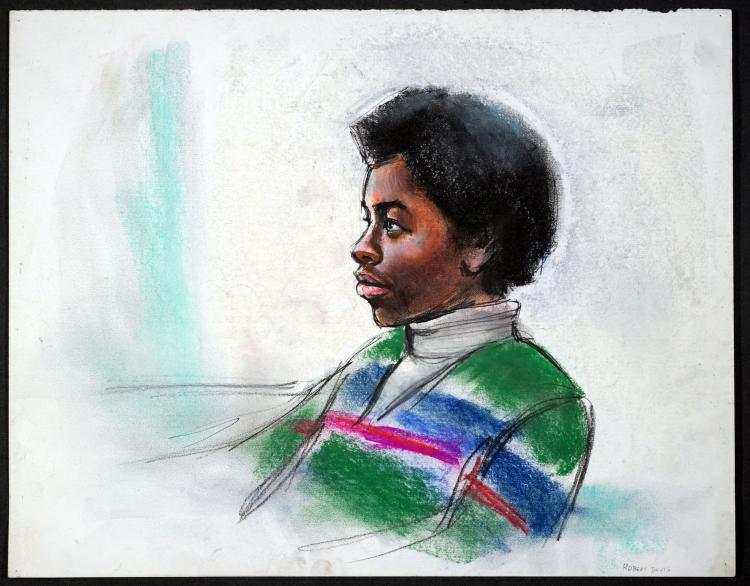
In 1978, Robert Davis was the youngest child to ever be sent to New York’s Rikers' Island Jail. He was Black, from the Bronx, and only thirteen. In this episode we look into Robert Davis’s life. We explore his old neighborhood in the South Bronx, his old middle school, and the media frenzy that surrounded his case. We explore how Robert was sucked into a riptide of tough-on-crime political theater that had consumed the country and New York City. And we try to find out where he ended up four decades later, long after his story had faded from the...
The Fight for Sydenham Hospital

In the 1970s, New York City was broke. Today, we know the city eventually bounced back, but at what cost? When a city is broke, who pays?
The Woman in the Hat
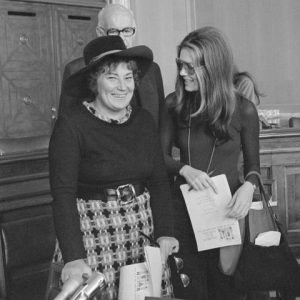
In 1970, Bella Abzug took on an incumbent Democratic Congressman––and won. A tough Jewish lawyer raised in the Bronx, Bella would become one of the icons of second-wave feminism, passing laws that changed the lives of men and women. 50 years after she first ran for Congress, Bella has had a resurgence. In the past few years there have been plays, movies, and TV shows about her life. Why does she still spark such fascination today? How did she rise to power so quickly? And why didn’t she stay in office longer? All we’ll say for now is that everyone...
Nasty Weather
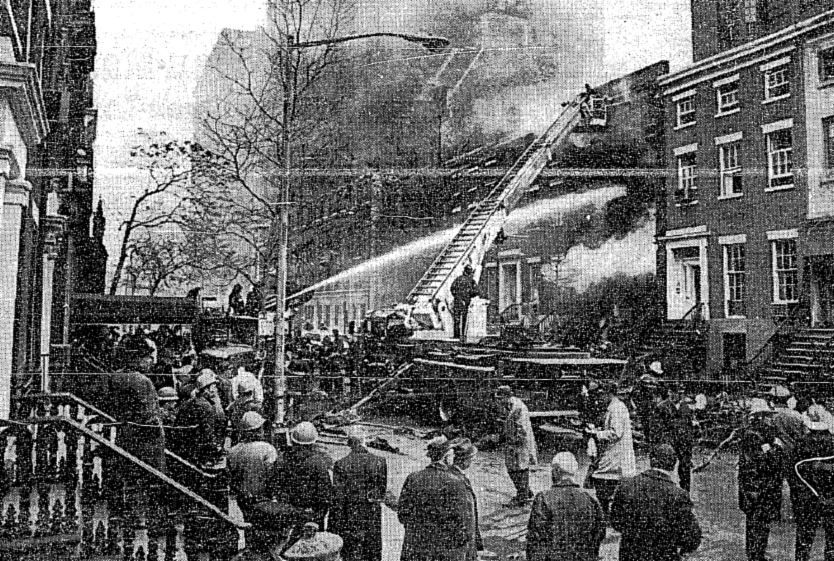
On March 6, 1970, a townhouse in New York City’s Greenwich Village blew up. After unearthing large quantities of dynamite in the wreckage, local officials determined that the townhouse’s basement had been used as a makeshift bomb factory. Three people died in the explosion and the two women who survived would be on the run for the rest of the decade. They were a group of white, upper class, twenty-somethings, who only a few years before demonstrated in peaceful protest against the Vietnam War. What drove them to start building bombs in the basement of a Greenwich Village townhouse? The answ...
Keep Your Mouth Shut
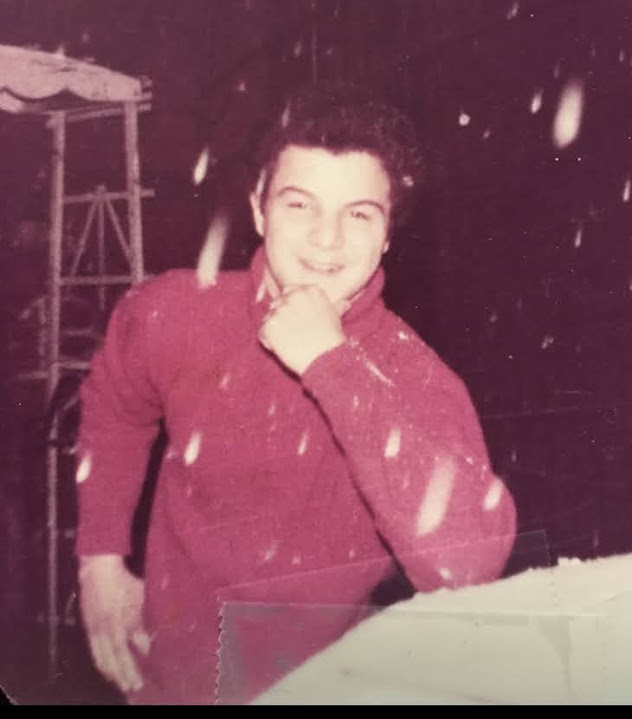
On the night of July 13, 1977, a citywide power failure plunged New York’s ten million residents into darkness. Chaos ensued. There was looting in every borough, with hundreds of fires set and thousands of arrests — but just one murder. The victim was 17-year-old Brooklyn native Dominick Ciscone. Over 40 years later, the Ciscone case is still unsolved, despite multiple witnesses, decades of police attention, and even some anonymous tips. Because that murder might not have been part of the Blackout’s chaos at all — it might have been planned, not by someone who anticipated the power going out, but by someone who saw...
The Legend of Guy Fisher and the Apollo Theater
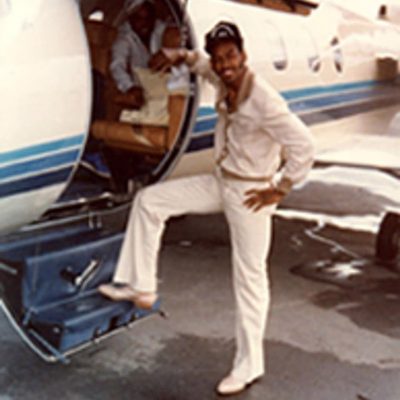
The Apollo Theater — the venue that shaped 20th-century Black music more than any other — shut its doors in the mid-1970s and stayed closed for years. It almost disappeared for good. But a mysterious buyer purchased the theater and reopened it in 1978. According to unofficial histories of the Apollo, the new owner was a man named Guy Fisher, one of the biggest heroin kingpins New York City has ever seen. The official history of the Apollo doesn’t ever mention Guy Fisher, and we wanted to know why. Our investigation uncovered a story of ambition. Of a love triangle. Of violen...
Trailer S2 New York: Drop Dead
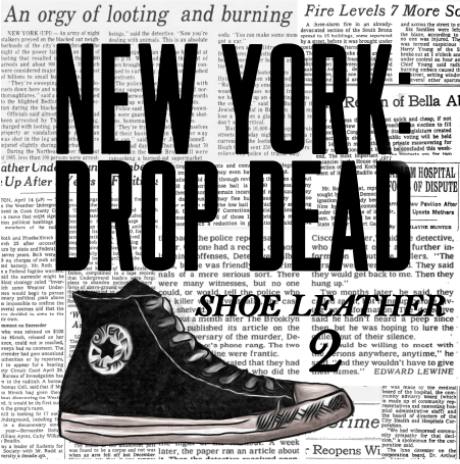
In season two, New York Drop Dead, reporters step back into the 1970s. They go beyond the bell bottoms and disco to explore what made this decade notorious in New York’s history. A decade in which the Big Apple went by a far more sinister nickname — Fear City. The city was broken and broke. When city officials asked the federal government for a bailout — President Gerald Ford told them they were on their own. The next day the New York Daily News ran the now infamous front page headline– Ford to City: Drop Dead. It was the decade the lights w...
The Indian Godfather
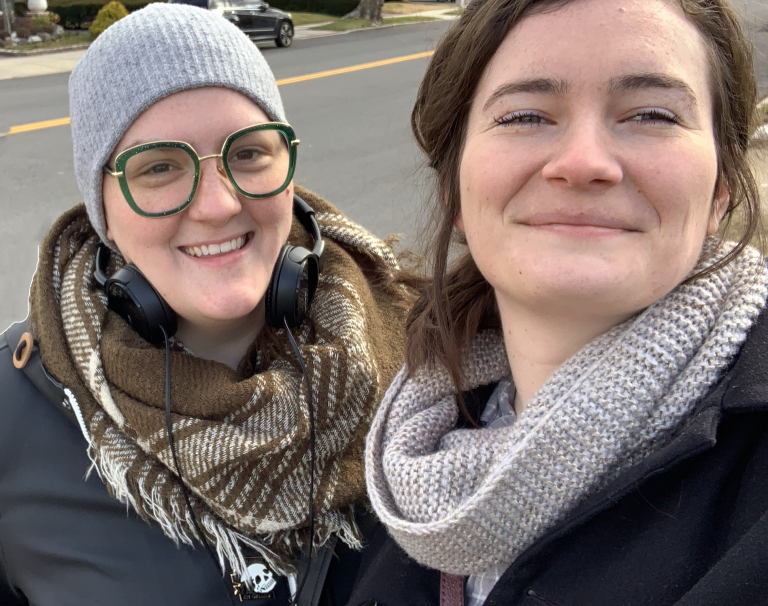
In the 1990s, in the shadow of the FBI’s large-scale takedown of New York’s most infamous mafia family, an Indian immigrant was quietly building his own criminal organization. Gurmeet Singh Dhinsa came to the United States from the Punjab region of India
The Accident
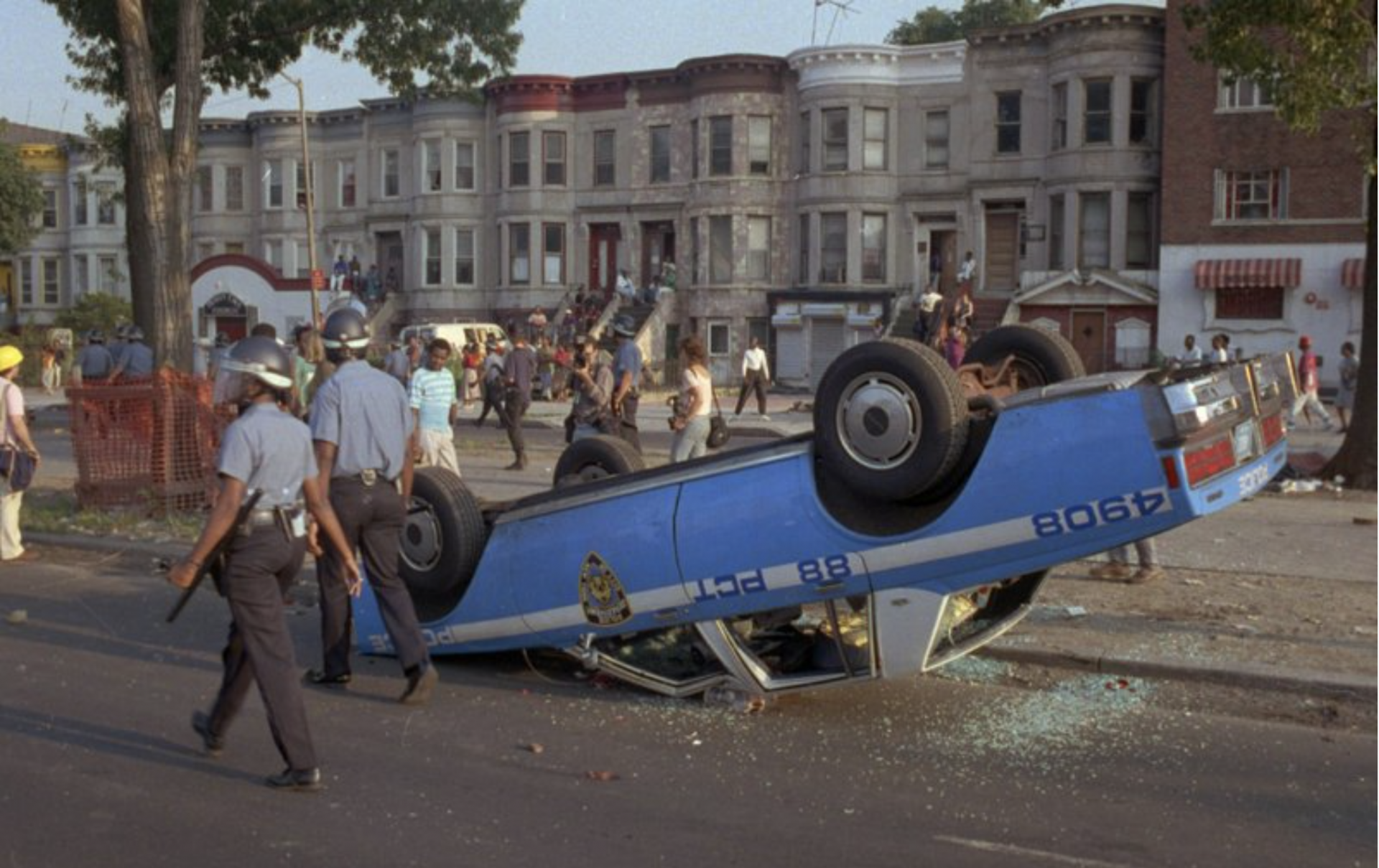
On a hot summer night in 1991, seven-year-old cousins Gavin and Angela were getting ready to play. Gavin was undoing his bike chain while Angela eagerly stood nearby. Only a few moments separated them from Yosef Lifsh’s car and what would soon become one of the worst periods of unrest New York City has ever seen. In this episode, we go back to that fateful accident that sparked what many know as the Crown Heights Riots. Over the next three days, this Brooklyn neighborhood fell into chaos with residents, police and community leaders clashing. In looking back at what happened on...
The Baby Napping
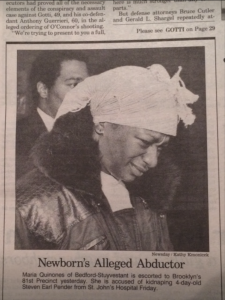
In the late afternoon of February 3, 1990, two-day-old Steven Lyons was kidnapped from a Brooklyn hospital— a feat that seems nearly impossible with hospital security measures in 2020. Now, 30 years later, Shoe Leather reporters, Rachel and Elize, follow in the footsteps of the brazen baby-napper with the help of news archives, child abduction experts, and social media. To read the full transcript, visit shoeleather.podcasts.library.columbia.edu
The Abortion Pill
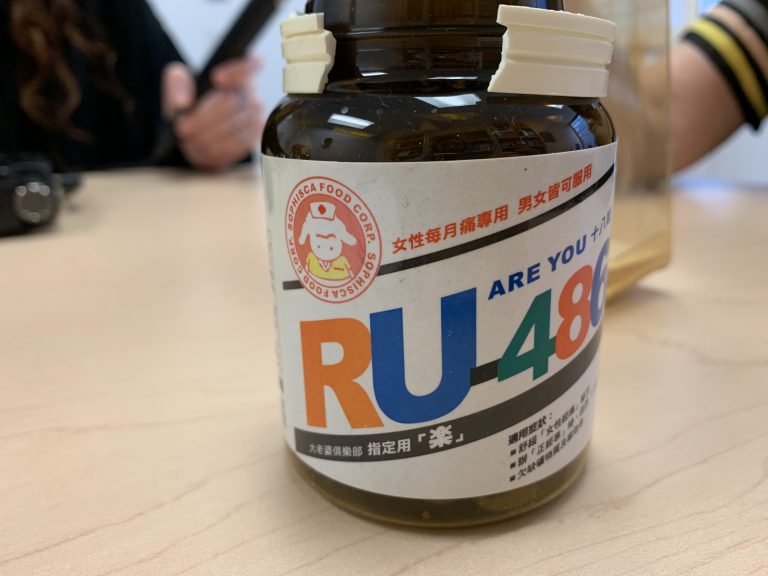
In the 1990’s, one organization dedicated a decade of work to gain FDA approval of a drug that promised to revolutionize abortion in America. Shoe Leather: the Abortion Pill follows the Population Council’s effort to bring mifepristone – and medical abortion – to the United States. Three decades later, we’ll relive the fight alongside those who were in the center of the ring and explore why some are still waiting for that revolution to arrive.
A Renaissance of Mysterious Circumstances
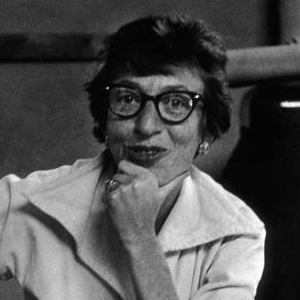
“I start with a blank and there’s nothing more horrifying than a blank canvas” — artist Lee Krasner. New York City, December 1990: thieves stole four paintings in a span of five days. Nearly thirty years later, one of the recovered paintings made history at a Sotheby’s auction. This is the story of those thefts—and one artist’s revival.
Happy Land
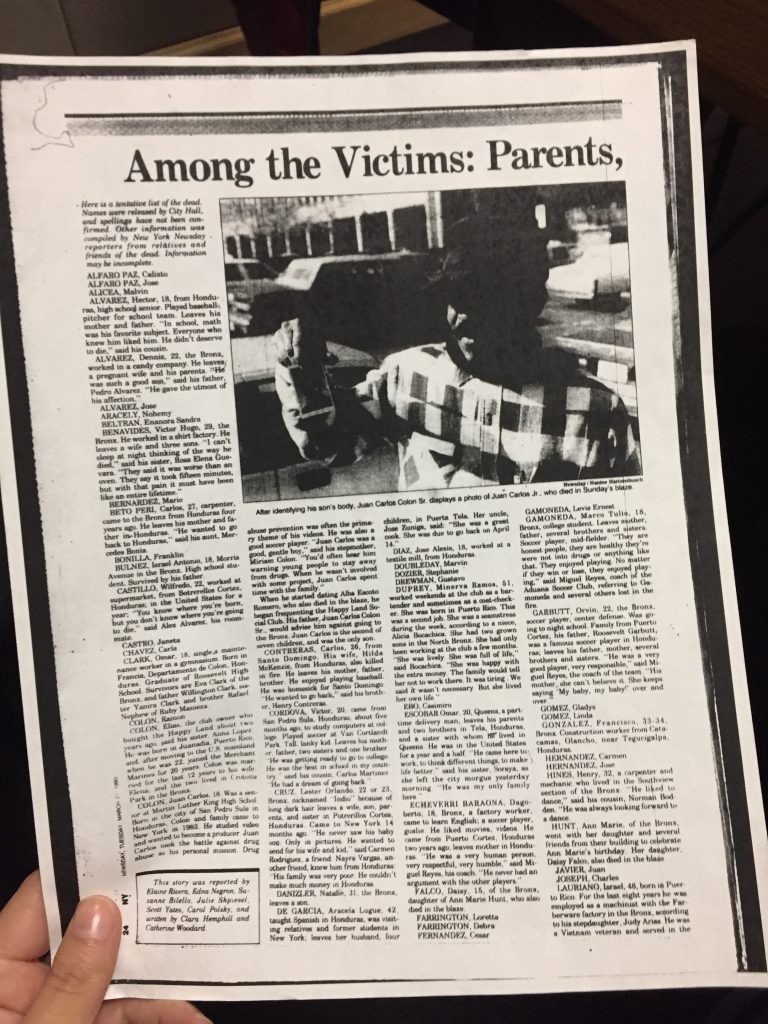
On March 25, 1990 eighty-seven people died when the Happy Land Social Club burned. After Julio Gonzalez argued with his girlfriend he bought a gallon of gasoline and set the club on fire. Until the Oklahoma City Bombing in 1995 the Happy Land fire was the deadliest mass murder in US history. Though the tragedy has mostly slipped through the cracks of collective consciousness, for those who lost loved ones in the fire, it remains a part of their lives. This is a story of community, loss, memory, and resilience. This is Happy Land.
The Murder of Bruce Bailey
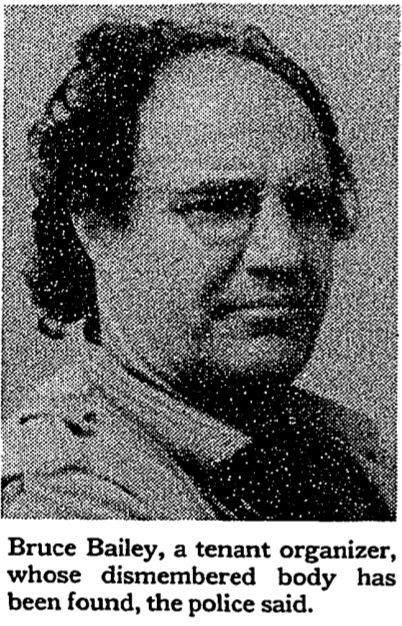
Bruce Bailey was a tenants rights activist who dedicated his life to fighting landlords on Manhattan’s Upper West Side. He was a husband, a father, a graduate of Columbia College, and in June of 1989, he was brutally murdered. His dismembered body was found in trash bags on a street corner in the South Bronx. And his case was never solved. We set out to find the story behind Bailey’s killing. What could have motivated someone to murder and mutilate an activist? How has this case stayed cold for three decades? And what is Bruce Bailey’s legacy, thirty years...
Trailer

Shoe Leather is an investigative podcast that goes behind the scenes of seven forgotten stories that shaped New York City. In Season 1, New York in the 90s, you’ll hear about an unsolved murder, a multi-million-dollar art heist, an Indian mob boss, stolen babies, and a pill that promised to revolutionize abortion in America. Go along with the team as they knock on doors and track down the people who were at the center of the story. Shoe Leather is produced by reporters at the Columbia University Graduate School of Journalism.
